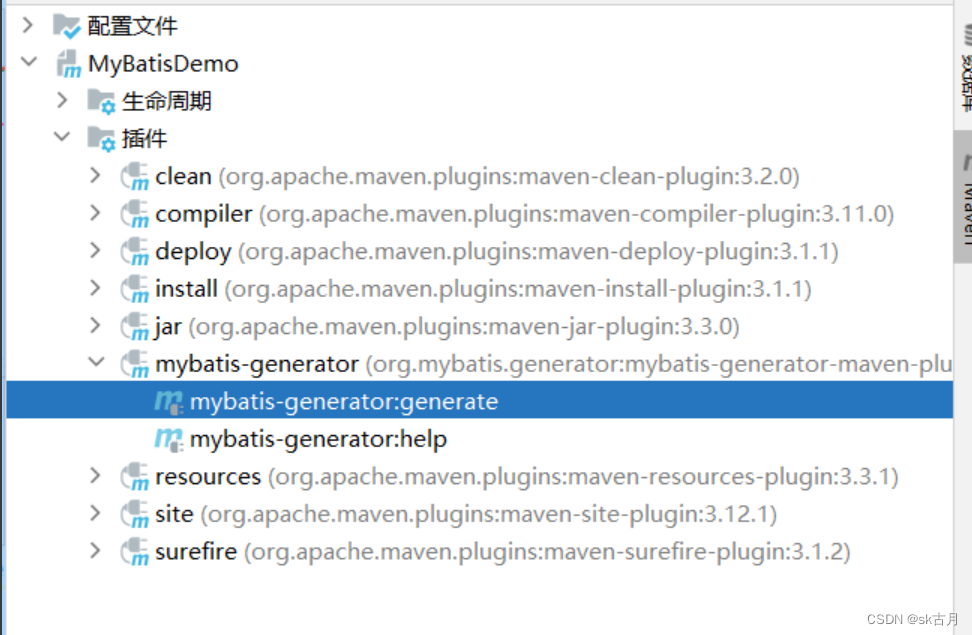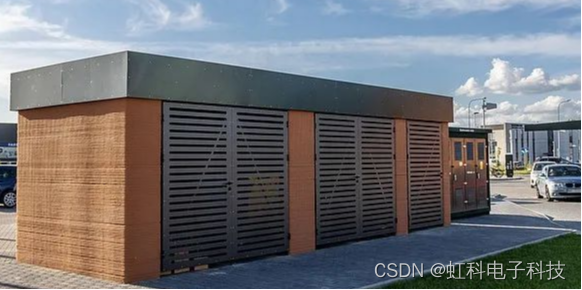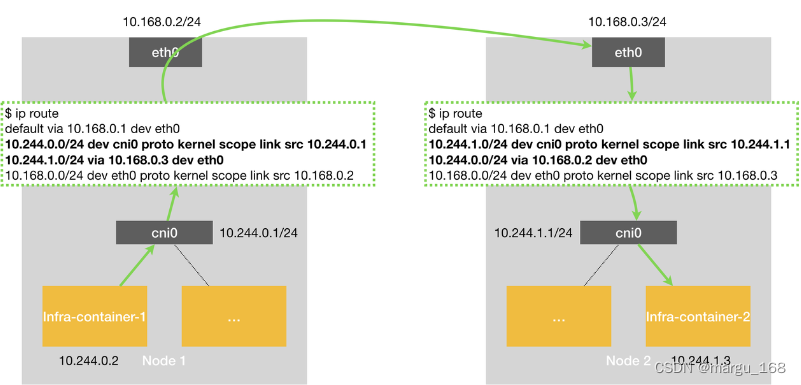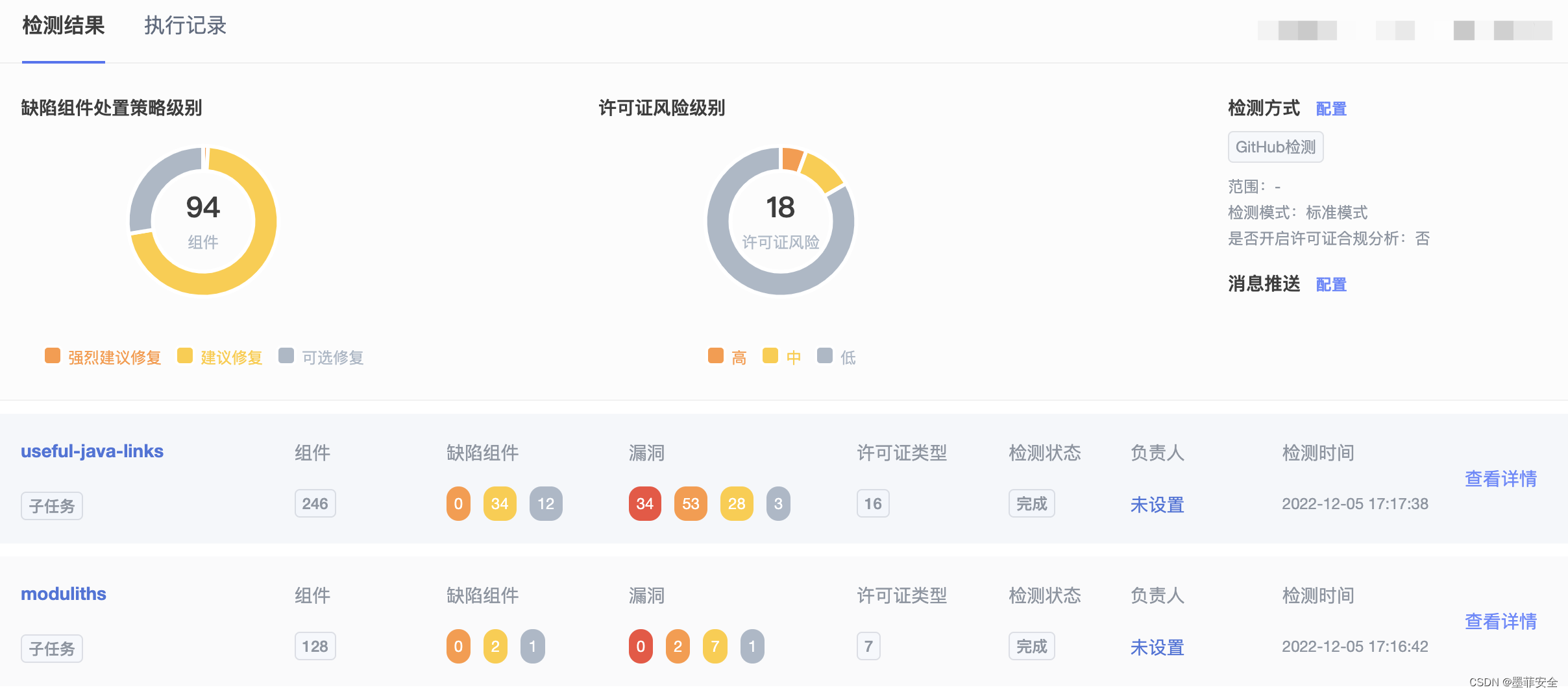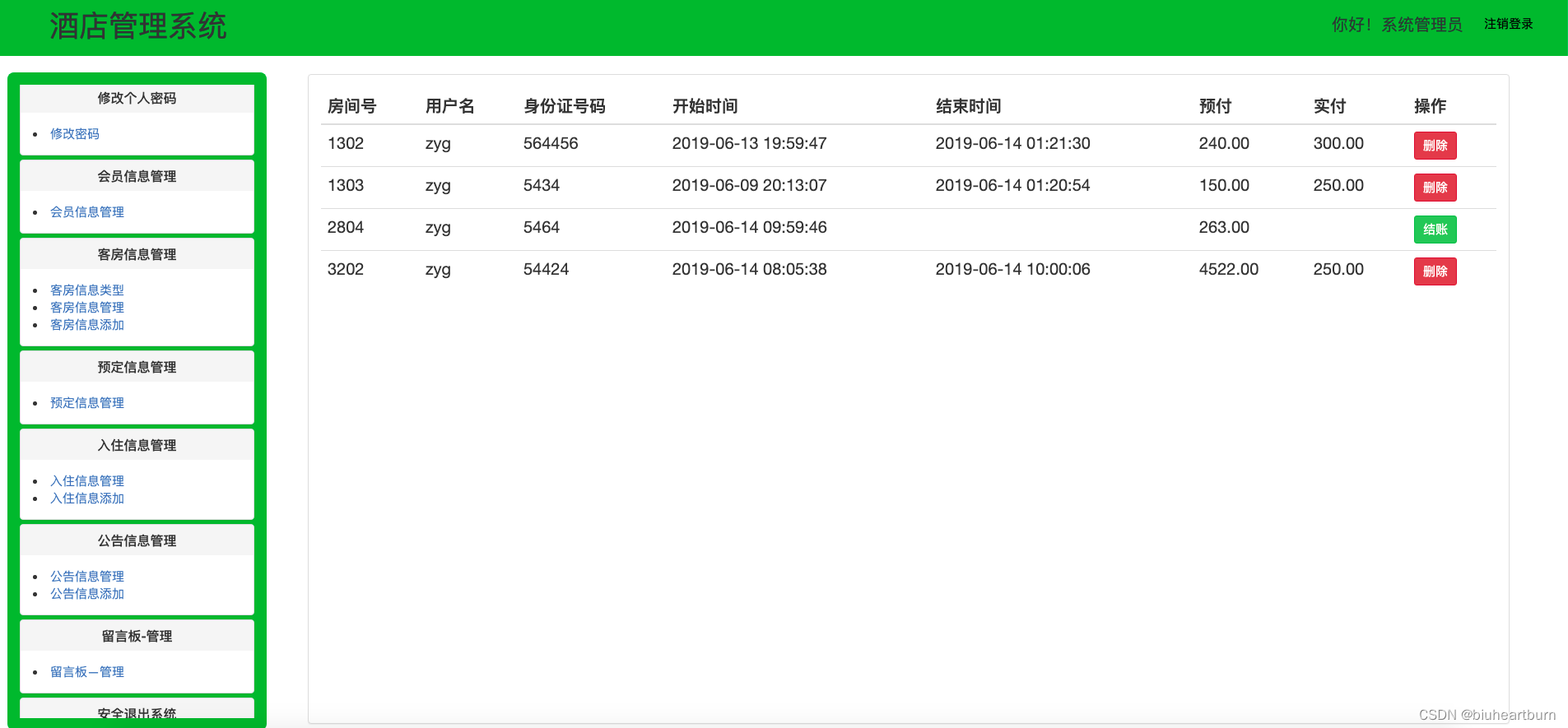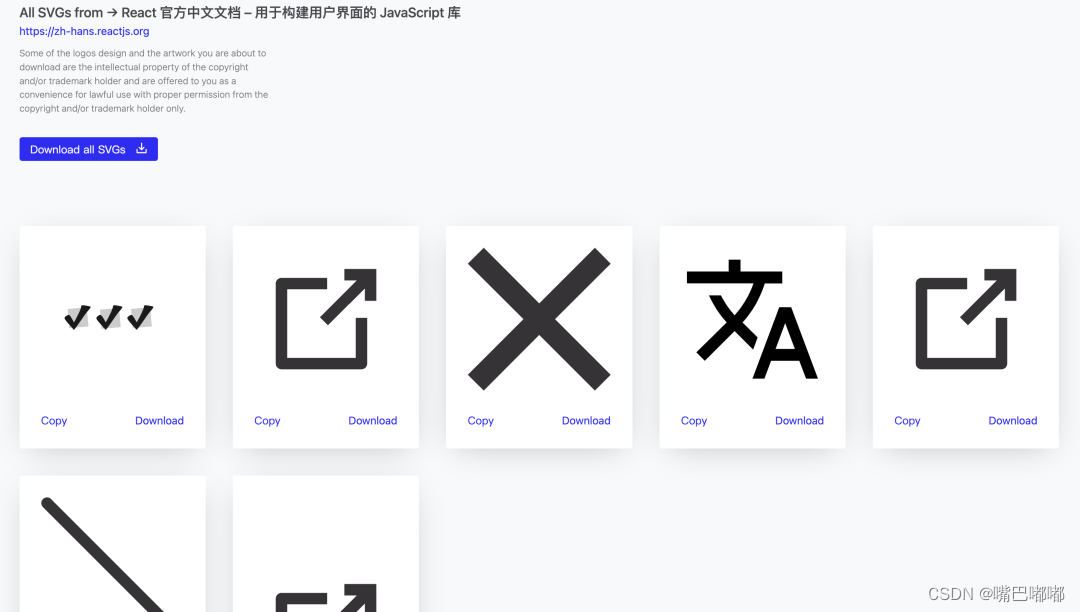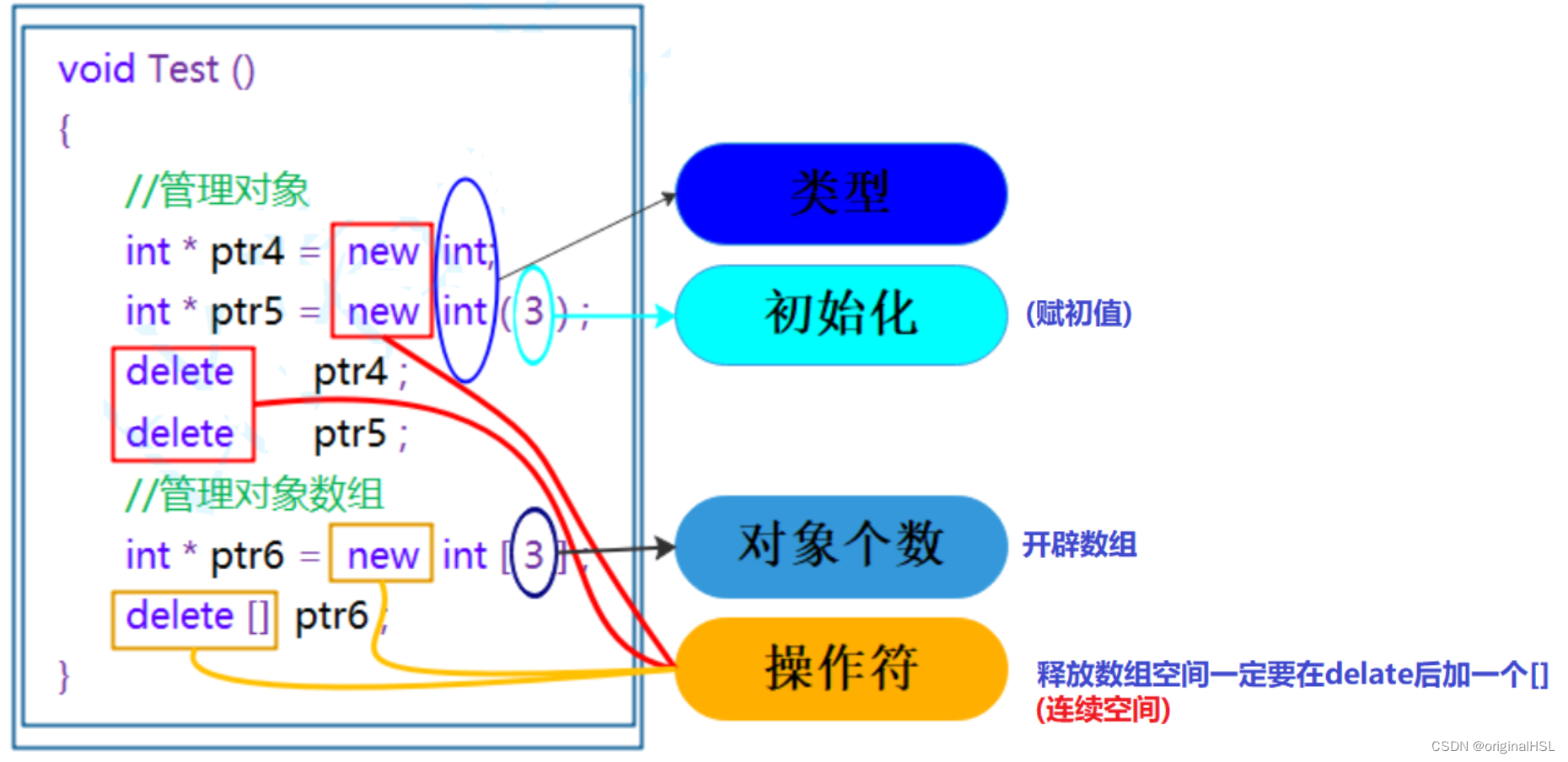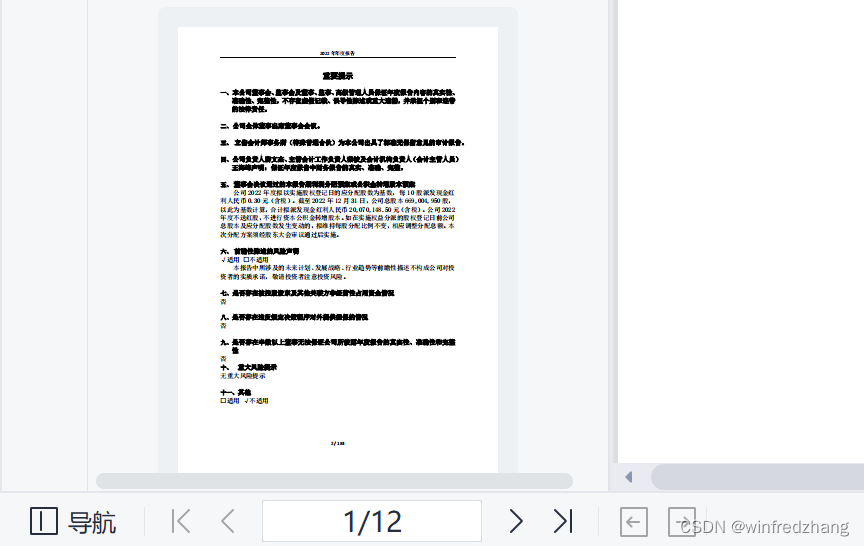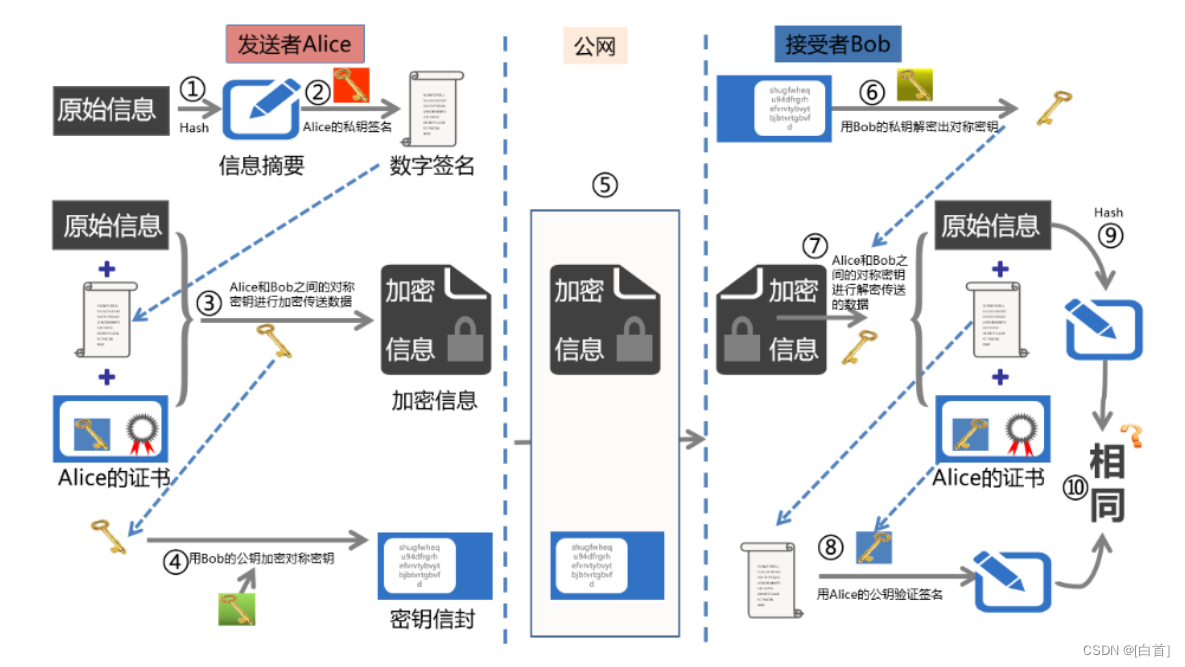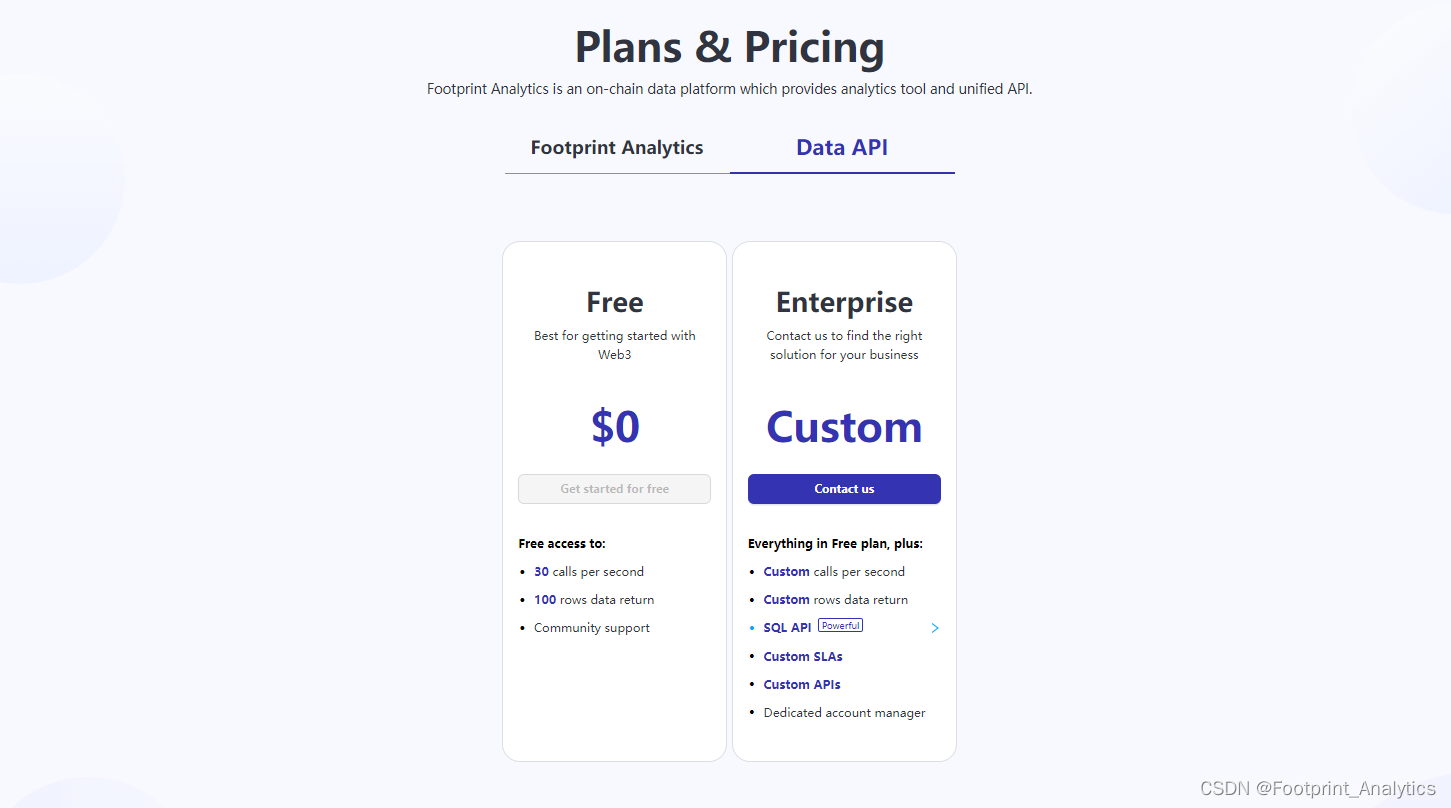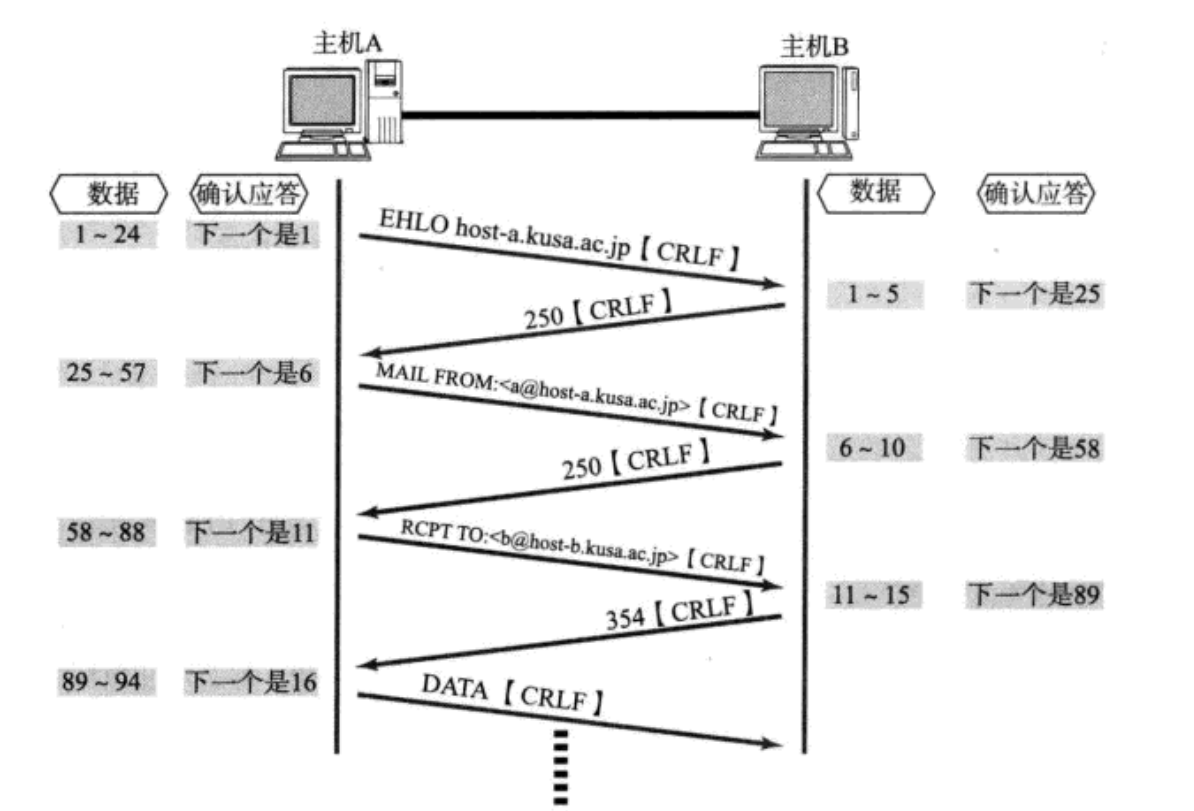目录
1.多对一
2.一对多
3.⼀对多延迟加载
4.逆向工程
1.多对一
多种⽅式,常⻅的包括三种:
- 第⼀种⽅式:⼀条SQL语句,级联属性映射。
- 第⼆种⽅式:⼀条SQL语句,association。
- 第三种⽅式:两条SQL语句,分步查询。(这种⽅式常⽤:优点⼀是可复⽤。优点⼆是⽀持懒加载。)
多对一 多个员工对应一个部门 查找部门的所有员工
<resultMap id="queryEmployee" type="Employee"> <id property="id" column="id"></id> <result property="empname" column="emp_name" ></result> <result property="emppwd" column="emp_pwd"></result> <association property="dept" fetchType="lazy" column="dept_tid" select="com.hu.mapper.DeptMapper.queryDeptById" > </association> <!-- <collection property="dept" fetchType="lazy" select="com.hu.mapper.DeptMapper.selectByStep1" column="dept_id" ></collection>--> </resultMap> <select id="getEmployeeList" resultMap="queryEmployee"> select * from employee where dept_id=#{id}; </select>在association的column是第一步查出来的结果 然后传给下一步查询 查出来全部的empoyee 返回resultmap 然后使用返回的dept_tid 值 传给 第二步select
<resultMap id="queryDept" type="Dept"> <id property="id" column="id"></id> <result property="deptname" column="dept_name"></result> </resultMap> <select id="queryDeptById" resultMap="queryDept"> select * from dept where id=#{id}; </select>要想⽀持延迟加载,⾮常简单,只需要在association标签中添加fetchType="lazy"即可。 修改StudentMapper.xml⽂件:
2.一对多
⼀对多的实现,通常是在⼀的⼀⽅中有List集合属性。
一为部门表是主表
<resultMap id="queryDept" type="Dept"> <id property="id" column="id"></id> <result property="deptname" column="dept_name"></result> <collection property="employeeList" select="com.hu.mapper.EmployeeMapper.getEmployeeList" column="id"> </collection> </resultMap> <select id="selectByStep1" resultMap="queryDept"> select * from dept where id=#{id}; </select>员工表xml
<resultMap id="queryEmployee" type="Employee"> <id property="id" column="id"></id> <result property="empname" column="emp_name" ></result> <result property="emppwd" column="emp_pwd"></result> <result property="deptid" column="dept_id"></result> </resultMap> <select id="getEmployeeList" resultMap="queryEmployee"> select * from employee where dept_id=#{id}; </select>
3.⼀对多延迟加载
⼀对多延迟加载机制和多对⼀是⼀样的。同样是通过两种⽅式:
第⼀种:fetchType="lazy"
第⼆种:修改全局的配置setting,lazyLoadingEnabled=true,如果开启全局延迟加载,想让某个 sql不使⽤延迟加载:fetchType="eager"
4.逆向工程
所谓的逆向⼯程是:根据数据库表逆向⽣成Java的pojo类,SqlMapper.xml⽂件,以及Mapper接⼝类 等。
使⽤这个插件的话,需要给这个插件配置哪些信息
pojo类名、包名以及⽣成位置。 SqlMapper.xml⽂件名以及⽣成位置。 Mapper接⼝名以及⽣成位置。 连接数据库的信息。 指定哪些表参与逆向⼯程。 ......
使用步骤
1.
第⼀步:基础环境准备
新建模块:RockyMaven
打包⽅式:jar
<groupId>com.rocky.mybatis</groupId> <artifactId>MyBatisDemo</artifactId> <version>1.0-SNAPSHOT</version> <packaging>jar</packaging>第⼆步:在pom中添加逆向⼯程插件
<!--配置MyBatis的逆向工程的插件--> <!--定制构建过程--> <build> <!--可配置多个插件--> <plugins> <!--其中的⼀个插件:mybatis逆向⼯程插件--> <plugin> <!--插件的GAV坐标--> <groupId>org.mybatis.generator</groupId> <artifactId>mybatis-generator-maven-plugin</artifactId> <version>1.4.2</version> <!--允许覆盖--> <configuration> <overwrite>true</overwrite> </configuration> <!--插件的依赖--> <dependencies> <!--mysql驱动依赖--> <dependency> <groupId>mysql</groupId> <artifactId>mysql-connector-java</artifactId> <version>8.0.33</version> </dependency> </dependencies> </plugin> </plugins> </build>第三步:配置generatorConfig.xml
该⽂件名必须叫做:generatorConfig.xml 该⽂件必须放在类的根路径下。
<?xml version="1.0" encoding="UTF-8"?> <!DOCTYPE generatorConfiguration PUBLIC "-//mybatis.org//DTD MyBatis Generator Configuration 1.0//EN" "http://mybatis.org/dtd/mybatis-generator-config_1_0.dtd"> <generatorConfiguration> <!-- targetRuntime有两个值: MyBatis3Simple:⽣成的是基础版,只有基本的增删改查。 MyBatis3:⽣成的是增强版,除了基本的增删改查之外还有复杂的增删改查。 --> <context id="DB2Tables" targetRuntime="MyBatis3"> <!--防⽌⽣成重复代码--> <plugin type="org.mybatis.generator.plugins.UnmergeableXmlMappersPlugin"/> <commentGenerator> <!--是否去掉⽣成⽇期--> <property name="suppressDate" value="true"/> <!--是否去除注释--> <property name="suppressAllComments" value="true"/> </commentGenerator> <!--连接数据库信息--> <jdbcConnection driverClass="com.mysql.cj.jdbc.Driver" connectionURL="jdbc:mysql://localhost:3306/test" userId="root" password="renyanlei115"> </jdbcConnection> <!-- ⽣成pojo包名和位置 --> <javaModelGenerator targetPackage="com.rocky.mybatis.pojo" targetProject="src/main/java"> <!--是否开启⼦包--> <property name="enableSubPackages" value="true"/> <!--是否去除字段名的前后空⽩--> <property name="trimStrings" value="true"/> </javaModelGenerator> <!-- ⽣成SQL映射⽂件的包名和位置 --> <sqlMapGenerator targetPackage="com.rocky.mybatis.mapper" targetProject="src/main/resources"> <!--是否开启⼦包--> <property name="enableSubPackages" value="true"/> </sqlMapGenerator> <!-- ⽣成Mapper接⼝的包名和位置 --> <javaClientGenerator type="xmlMapper" targetPackage="com.rocky.mybatis.mapper" targetProject="src/main/java"> <property name="enableSubPackages" value="true"/> </javaClientGenerator> <!-- 表名和对应的实体类名--> <table tableName="t_car" domainObjectName="Car"/> </context> </generatorConfiguration>第四步:运⾏插件
五测试逆向工程生成的是否好用
Example类的作用:一个用于筛选复杂条件的类,Example类中查询方法的介绍。
导入核心配置文件
QBC编程
@Test public void selectTest() throws IOException { SqlSessionFactoryBuilder sqlSessionFactoryBuilder = new SqlSessionFactoryBuilder(); SqlSessionFactory build = sqlSessionFactoryBuilder.build(Resources.getResourceAsStream("mybatis-config.xml")); SqlSession sqlSession = build.openSession(true); CarMapper mapper = sqlSession.getMapper(CarMapper.class); //创建对象条件对象 CarExample carExample = new CarExample(); // carExample.createCriteria(); 创建查询条件 链式编程 QBC风格 CarExample.Criteria haha = carExample.createCriteria().andBrandEqualTo("宝马E"); //执行查询 List<Car> cars = mapper.selectByExample(carExample); cars.forEach(new Consumer<Car>() { @Override public void accept(Car car) { System.out.println(car); } }); sqlSession.close(); }
